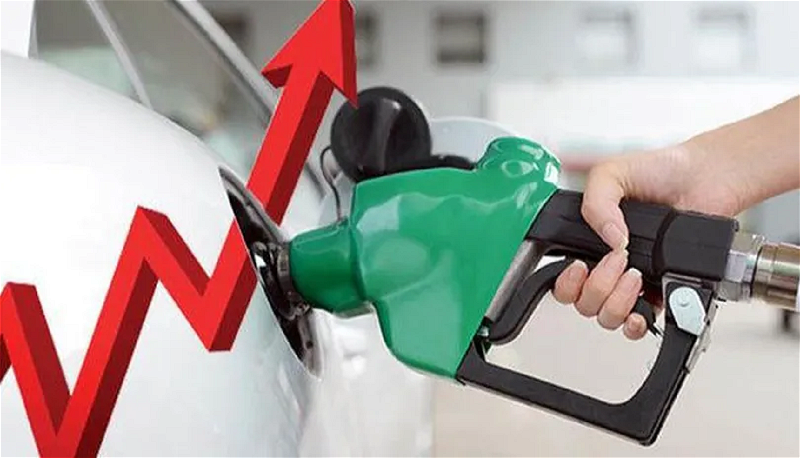In 2024, Tripura, a northeastern state in India, faced a severe fuel crisis that disrupted daily life and economic activities. The shortage of fuel, including petrol and diesel, had significant repercussions on transportation, agriculture, and essential services across the region. This article aims to delve into the causes behind this crisis and its implications on the state and its residents.
Causes of the Fuel Crisis:
- Supply Chain Disruptions: The fuel crisis in Tripura can be primarily attributed to disruptions in the supply chain. Tripura relies heavily on fuel imports from neighboring states due to its limited refining capacity. Any disruption in transportation, such as road blockades or logistical challenges, can quickly escalate into a fuel shortage crisis.
- Geographical Constraints: Tripura’s geographical location poses challenges in terms of transportation infrastructure. The state is connected to the rest of India primarily through a narrow corridor known as the Chicken’s Neck, which is susceptible to blockades and disruptions.
- Political Factors: Political tensions and unrest in neighboring states can also exacerbate the fuel crisis in Tripura. Any disturbances along the transportation routes can hinder the smooth flow of fuel supplies to the state.
- Inadequate Storage Facilities: Insufficient storage infrastructure within Tripura further compounds the issue. The state lacks adequate storage capacity to stockpile fuel reserves during times of surplus, leaving it vulnerable to shortages during disruptions.
- Dependency on Imports: Tripura’s dependency on fuel imports from other states makes it susceptible to price fluctuations and supply disruptions in the national and international markets. Any disruptions in the global oil supply chain can directly impact the availability of fuel in the state.
Implications of the Fuel Crisis:
- Transportation Disruptions: The shortage of fuel disrupts public and private transportation services, affecting daily commuters, businesses, and essential services such as healthcare and emergency response.
- Economic Impact: The fuel crisis hampers economic activities, particularly in sectors such as agriculture, manufacturing, and tourism, which rely heavily on transportation and mobility.
- Rising Costs: The scarcity of fuel leads to an increase in fuel prices, which in turn, raises the cost of living for the residents of Tripura. It can particularly affect low-income households and exacerbate socioeconomic disparities.
- Social Discontent: Fuel shortages often lead to social unrest and public dissatisfaction with the government’s handling of the situation. Protests and demonstrations may erupt, further disrupting normalcy in the state.
The fuel crisis in Tripura underscores the need for robust infrastructure, diversified supply sources, and proactive measures to mitigate the impact of such disruptions. Long-term solutions should focus on enhancing storage capacity, improving transportation infrastructure, and exploring alternative energy sources to reduce dependency on fossil fuels. Additionally, fostering regional cooperation and addressing political tensions can contribute to greater stability in fuel supply chains, ensuring uninterrupted access to fuel for the residents of Tripura and other similarly vulnerable regions.

